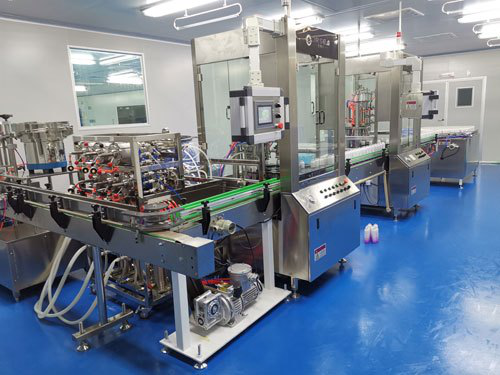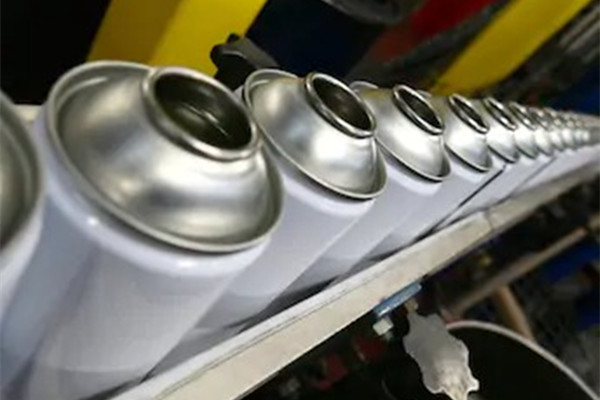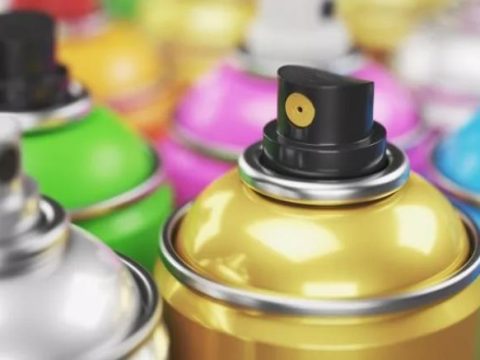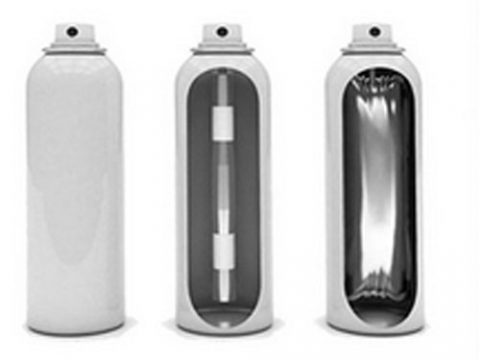Difference between aerosol and spray & Corresponding filling equipment

How many types of filling machines? Filling machine classifications
March 22, 2021
The investment analysis of foam cleaner spray filling machine
March 24, 2021A big collection of aerosol and spray products are widely used in scald, asthma, ear, nose and throat. Although they are similar in appearence, they are two different dosage forms in fact. Let’s start with the concept and talk about their main differences.
– Concept Difference
Aerosol: it refers to the preparation made by encapsulating materials and suitable ejectors in pressure tight container with special valve system. When in use, the contents are ejected by the pressure of the ejecting agent.
Spray: put the contents in a sealed container, and press the manual pump to make the product ejected without propellant, and spray the liquid into a spray formulation with the aid of the pressure of the manual pump.
– Main Features
From the above, we can see that the biggest difference between the two is that aerosols are ejected by internal pressure and propellant.
There are also several differences:
1. For the safety aspect , sprays are much safer than aerosols, and do not involve pressure filling. Therefore, there is no hidden explosive danger.
2. For the spray effect and application scope of the product, aerosol spray is mostly continuous, and different nozzles can be replaced, so that the materials in the tank can be ejected in different forms, and the range of application is far more extensive than that of spray.

– Different filling equipment
Aerosols should be filled with liquefied petroleum gas as propellant (also called propellant) in addition to filling materials (such as medicine, paint, etc.). When used, the contents will be sprayed out of the fog with the pressure of the propellant.
The sprays contain only the contents of the bottle without propellant, which relies on manual force to press the bottle mouth with external force. The spray head activates a small pump, which pumps the liquid into a cavity and then sprays out from a small hole in the spray head, which is constantly pressed to form fog. Compared to aerosol, there’s no aeration equipment for spray.




